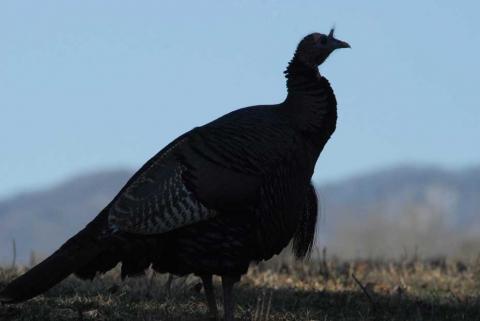Austin Delano | Originally published in GameKeepers: Farming for Wildlife Magazine. To subscribe, click here.
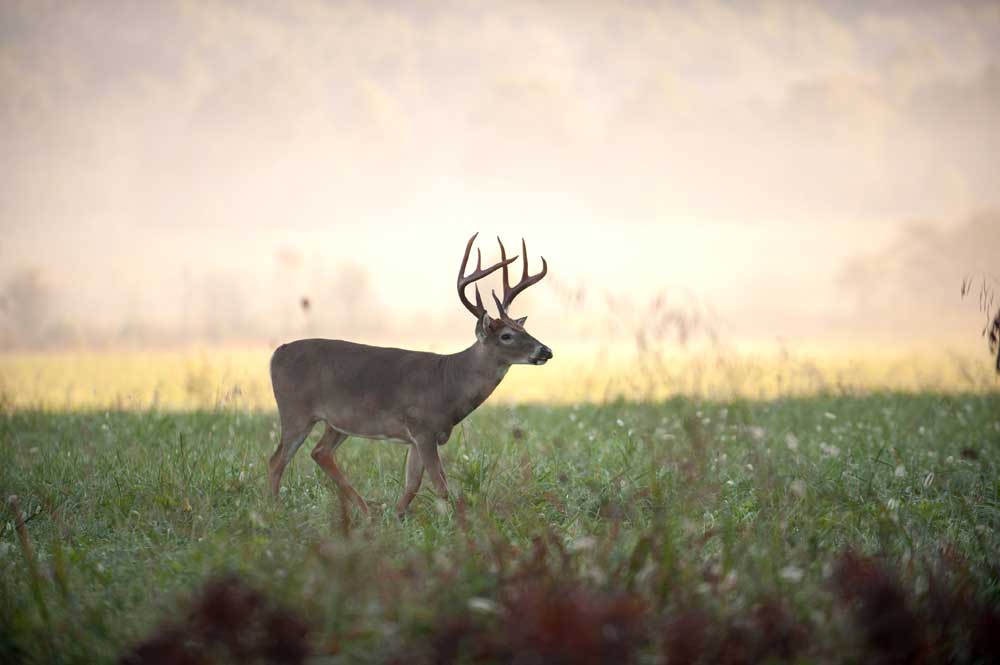
From its start over 20 years ago, BioLogic has somewhat “hung its hat,” so to speak, on providing customers with the best forages available for whitetails. This push in the 1990s to find new and exciting varieties to grow for deer helped us introduce a family of plants that, at the time, was relatively unknown to most hunters to be anything a deer would eat. There are several hundred different plants in the brassica family, and from the untrained eye, they all just look like the “greens” our parents and grandparents would have grown in a fall garden. Early on there were a lot of people who, if they had ever planted a food plot before, it was likely just a bag of winter-wheat or rye grass that was half-heartedly scattered onto the ground in hopes for a “green patch” to attract deer for hunting season. These new brassica plants were a completely new spin when it came to providing food for whitetails. The massive amount of forage they could grow in a short growing season was incredible to most, including me.
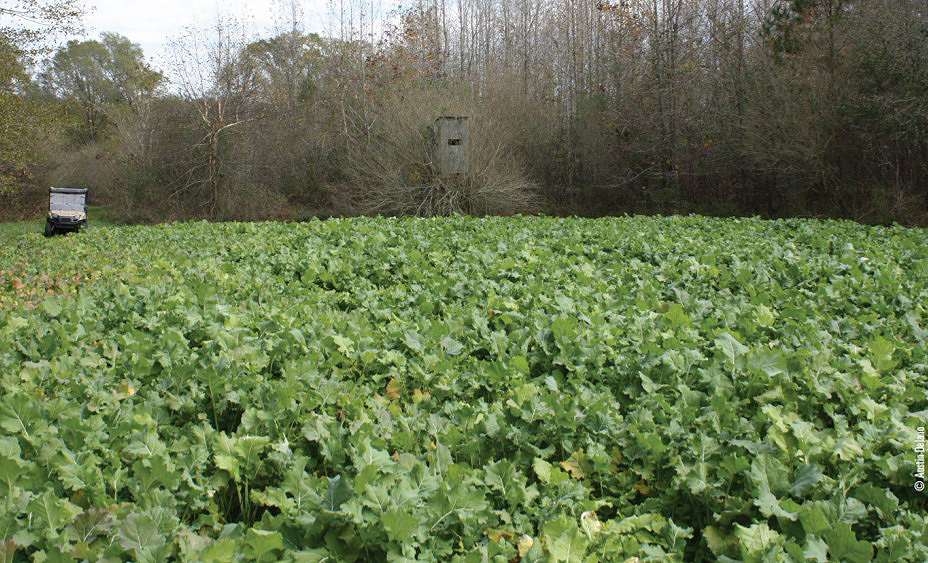
My first experience with the brassica family of plants came in a BioLogic blend called Full Draw that I bought at a local Alabama Farmers Co-Op. It contained several varieties of New Zealand forage rape, annual clovers, and cereal grains. I planted it in an area that was primarily cotton and corn country on a creek side in a shaded lane. Through that season we killed a couple of deer traveling to and from where the plot was planted but never one just standing in it and eating like we had envisioned. Although we counted it a major success because it grew so well and a really nice buck was taken travelling down the lane toward the plot, and being rookies at planting food plots, we were ecstatic just to see what we had planted growing so well.
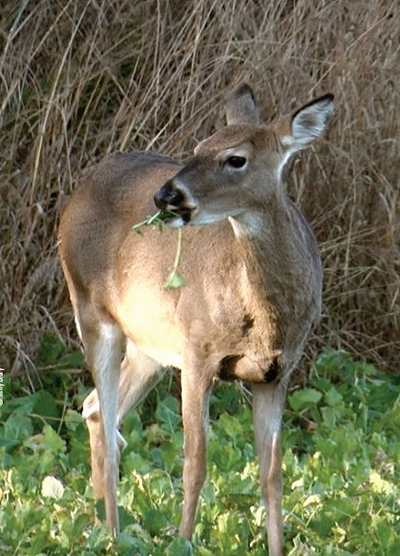
palatable stage until the starches transform to sugar means
that the window for whitetails to imprint on the new food
source is short. When introducing a completely new plant
that whitetails have never seen before, let alone tasted, in
rare cases it can take a year, or even two, for deer to figure
them out.
As the season wore on I began to notice the grains and clover were being utilized a good bit more than the rape which showed only minimal signs of browsing. By mid-November the plot was over knee high and these beautiful plants looked to be far more food than the very low density herd in the area could eat in a year’s time… I thought.
Work and the holidays got in the way of hunting the month of December and I was blown away when I walked up to the plot in mid-January. The area we planted looked like it had been very neatly mowed to about 3-4 inches high of only stalks and basically the soil looked like a minefield where the deer had done their level best at trampling and consuming everything green, and in another two weeks it was basically barren.
For the last 13 years, I have spent a good bit of time through emails, phone calls, and seminars explaining to food plotters and land managers what this “learning curve” with the brassica family of plants entails.
To start, there are so many different scenarios and variables when it comes to food plots and where they are planted - high or low deer densities, rich or poor native habitat, tons of ag crops or total lack thereof in certain areas, pine plantations of the south to the great north woods. All this to say that very rarely are any two situations the same and so we saw a lot of the same results with these brassica blends as what I experienced my first time with them.
Todd Amenrud, my favorite “food plot dude” of the north had this to say about his experience early on with brassicas, “Deer may react differently to brassicas in different areas. Generally they don’t really hit them hard until after a hard freeze or several frosts have occurred. However, the first time you plant them since you’re introducing a new plant to the area it may take you a while to battle a learning curve. The deer not hitting them right away has happened to me before. The first year I planted brassicas on my home property in Minnesota it wasn’t until after Christmas until they started eating them. Mother doe has taught her offspring to feed on various food sources throughout the year, and then her offspring teach their offspring, and so on…to feed on acorns this time of year, alfalfa this time of year, corn this time of year, etc. Now, you introduce a plant they have never seen before, that if they have tried it up until the starches convert to sugar it would have been bitter. Once they learn what this plant is expect consumption to happen earlier each year. Now on my home property they will start to eat my brassicas as early as September.”
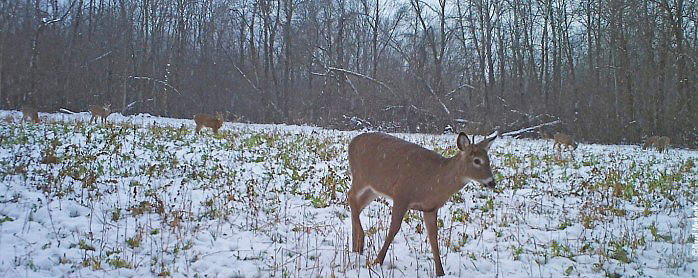
I totally agree with Todd, that the first year or two of planting a heavy brassica crop, the frosts/freezes seem to trigger a whitetails response to the taste of the plant before you see heavy utilization of the field. We have seen the extreme of both ends of the spectrum too where some properties the deer have a ton of food resources and it takes a couple of planting seasons before they latch on to the crop as well as the polar opposite where deer fly into it the first year and devour it like it has been a century old food source.
Generally, the longer you plant them on them on a property, the more familiar several generations of deer get with the plants and utilization seems to get earlier every year as your herd begins to imprint and recognize it as a highly preferred food source. This is where the science of putting different types of rape/kale hybrids, turnips, radish, etc into ideal ratios really starts to shine as they all have different prime palatability dates and maturity rates.
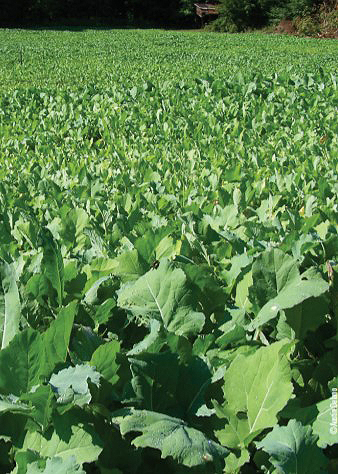
brassica blends like Maximum make the best
fall/winter deer-groceries available.
The onset of colder weather not only triggers some changes within the plants, but also in a whitetail’s metabolism and need for different foods. When the weather is mild, deer seem to prefer clovers, cereal grains, etc, but as cold weather sets in their bodies tell them it’s time to utilize more carbohydrates, fat, energy rich foods like acorns, brassicas, and standing beans.
The wide varieties of different plants in the brassica family we use at Biologic all have a purpose in their respective blends. Radishes seem to always be the most palatable early in the season, often times well before any frost ever occurs. Our turnip varieties are bred to be available and still palatable in the latest part of the winter even with a deep covering of snow and our hybrid rape and kale varieties all fall somewhere in between and are incredible for really the entire fall/winter.
One caution I give to gamekeepers is to be sure not to use too much seed when planting heavy or all brassica blends. Plants in this family are very small seeds that depending on the variety, can have broadcast rates as low as 5 to 10 pounds per acre. These very small seeds can grow a lot of tonnage in a growing season with correct rates, rainfall, and nutrients. However when seeds in the brassica family get spread too heavy for the given amount of soil/field size, competition for root space, moisture, and nutrients can quickly become too great resulting in a stunted field or crop die off.
In my experience it is best to use a hand spreader for these small seeds so you have good control on the amount you are putting out. Ideally you should spread it conservative enough to cover the field in two different directions to ensure even seed distribution. ATV and pull behind spreaders can work so long as the gate opening can be fine tuned for these tiny seeds.
Another issue with seeding rates with bulb-producing brassica crops like turnips or sugar beets is “bulb production” versus tops or “forage output.” Although the time of the year these are planted has a major impact on root vs top production, plants like turnips that are planted too heavily will usually produce a very small bulb in response to the overcrowding. If you have never tried any of our brassica blends, we highly encourage you to test them for yourself and see what a game-changer they can be. The amount of tonnage they can grow and the number of deer they can support is incredible and we feel like it is one of the most superior plantings for whitetails. Final Forage, Maximum, Deer Radish and Winter Bulbs & Sugar Beets are our “all-brassica” blends that can be planted as a stand-alone crop or added to large fields with cereal grains to help you provide the best fall and winter nutrition for your herd…regardless of where you live.

















